Introduce the performance curve of a centrifugal pump
The performance parameters of a water pump, such as flo [...]
The performance parameters of a water pump, such as flow rate (Q), head (H), power (N), speed (n), and efficiency (η), have certain relationships and variations. These relationships are represented by curves, which are known as the performance curves of the water pump.
There are three main types of performance curves for a water pump: the flow rate-head curve, flow rate-power curve, and flow rate-efficiency curve.
A. Flow rate-head characteristic curve: This is the fundamental performance curve of a centrifugal pump. Centrifugal pumps with speeds below 80 exhibit a characteristic shape of rising and falling curves (convex in the middle and concave on both ends), known as the hump-shaped performance curve. Centrifugal pumps with speeds between 80 and 150 have relatively flat performance curves. Centrifugal pumps with speeds above 150 have steeply declining performance curves. Generally, when the flow rate is low, the head is high, and as the flow rate increases, the head gradually decreases.
B. Flow rate-power curve: The power increases with the flow rate. When the flow rate (Q) is zero, the corresponding power (N) is not equal to zero but remains at a certain value (approximately 60% of normal operation). This power mainly accounts for mechanical losses. At this point, the pump is filled with water. Prolonged operation under this condition can cause the temperature inside the pump to rise, leading to heating of the pump casing and bearings. In severe cases, it may cause thermal deformation of the pump body, known as “stagnant head.” Consequently, the head reaches its maximum value. As the outlet valve gradually opens, the flow rate and power gradually increase.
C. Flow rate-efficiency curve: This curve resembles a mountain peak shape. The efficiency is zero when the flow rate is zero, and it gradually increases as the flow rate increases. However, after reaching a certain value, the efficiency starts to decline. There is a maximum value for efficiency.
Translation:
The relationships and interdependencies among the performance parameters of water pumps, including flow rate (Q), head (H), power (N), speed (n), and efficiency (η), are represented by a curve known as the performance curve of a water pump.
There are three main types of performance curves for water pumps: the flow rate-head characteristic curve, flow rate-power curve, and flow rate-efficiency curve.
A. Flow rate-head characteristic curve:
It is the fundamental performance curve of a centrifugal pump. Centrifugal pumps with speeds below 80 exhibit a characteristic curve with rising and falling sections (convex in the middle and concave on both ends), which is called a hump-shaped performance curve. Centrifugal pumps with speeds between 80 and 150 have flat performance curves. Centrifugal pumps with speeds above 150 have steeply declining performance curves. Generally, at low flow rates, the head is high, and as the flow rate increases, the head gradually decreases.
B. Flow rate-power curve:
The power increases with the flow rate. When the flow rate (Q) is zero, the corresponding power (N) is not zero but remains at a certain value (approximately 60% of normal operation). This power is mainly consumed by mechanical losses. At this point, the pump is filled with water. Prolonged operation under this condition can cause the temperature inside the pump to rise, leading to heating of the pump casing and bearings. In severe cases, it may cause thermal deformation of the pump body, known as “stagnant head.” At this point, the head reaches its maximum value. As the outlet valve gradually opens, the flow rate and power slowly increase.
C. Flow rate-efficiency curve:
The curve has a peak shape. The efficiency is zero when the flow rate is zero, and it gradually increases with increasing flow rate. However, after reaching a certain value, the efficiency starts to decline. There is a maximum value for efficiency.

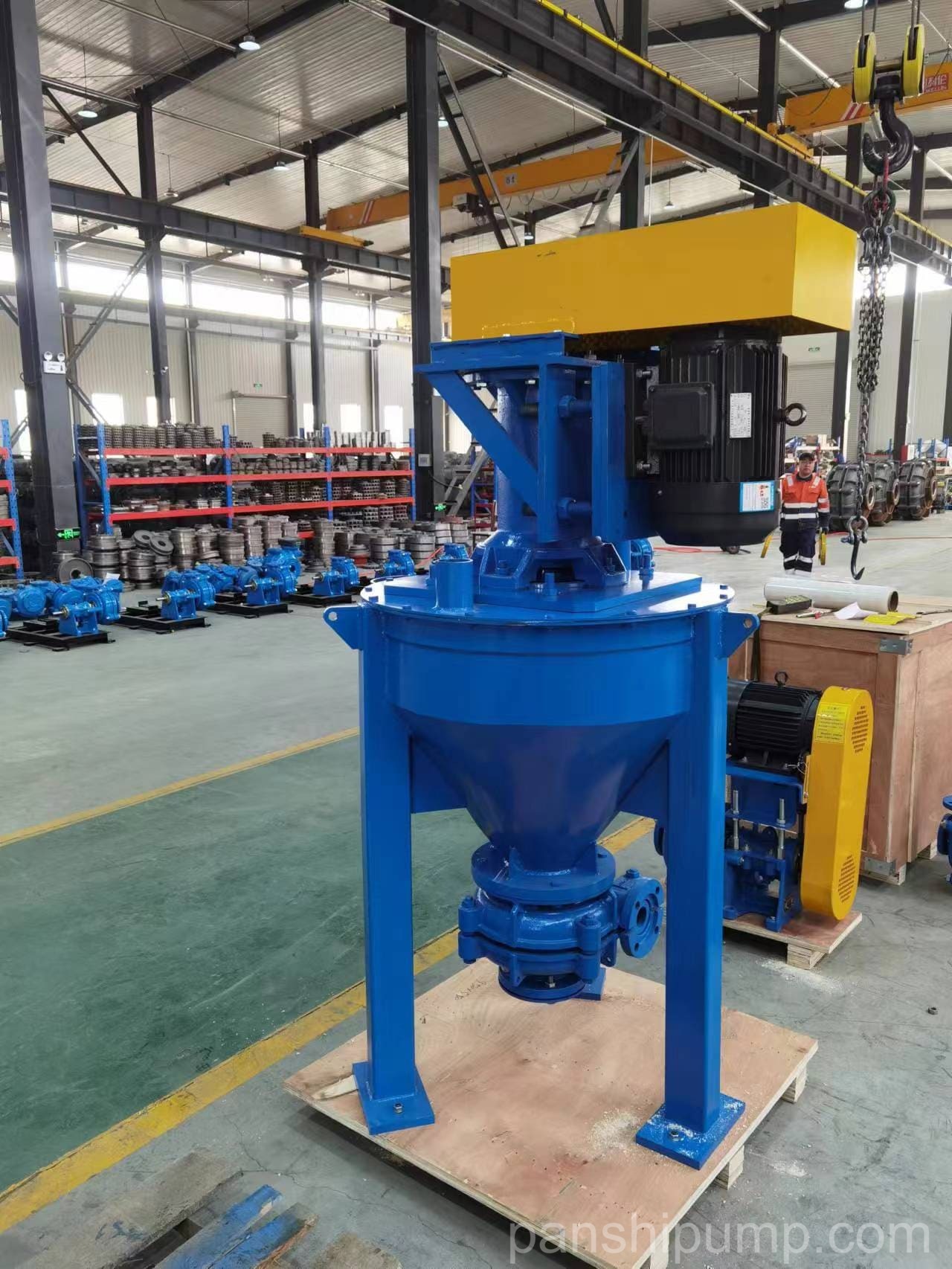
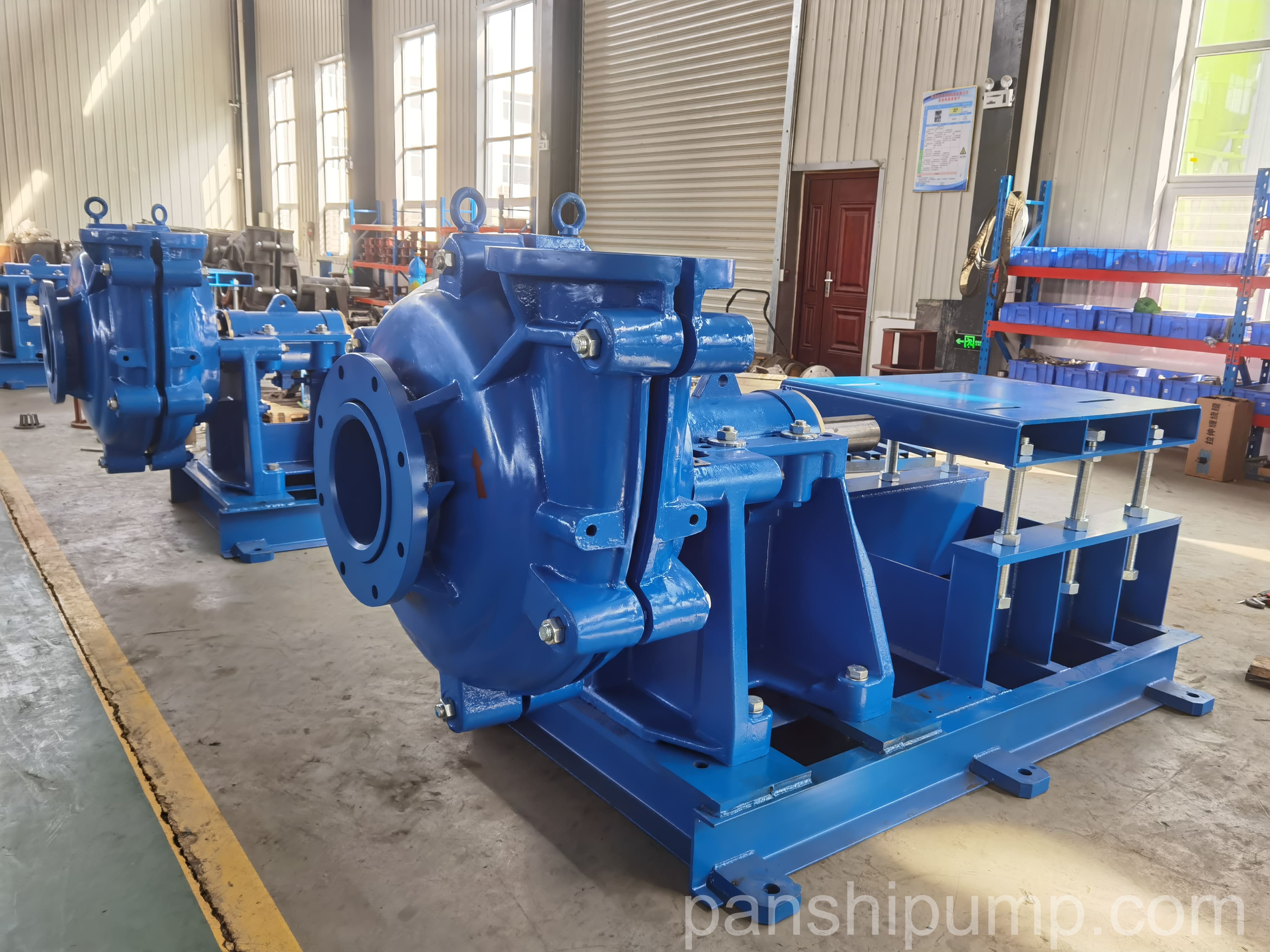
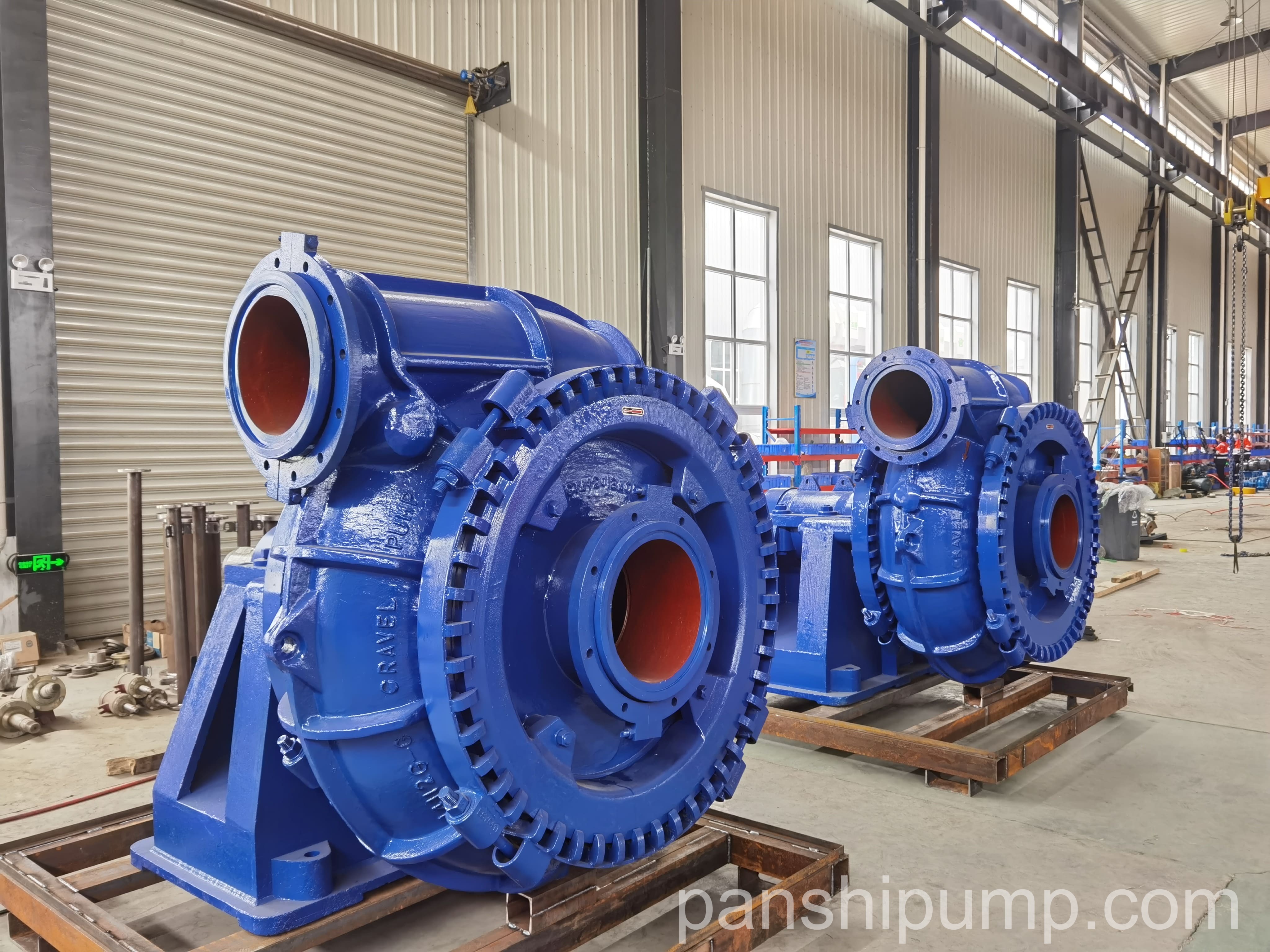
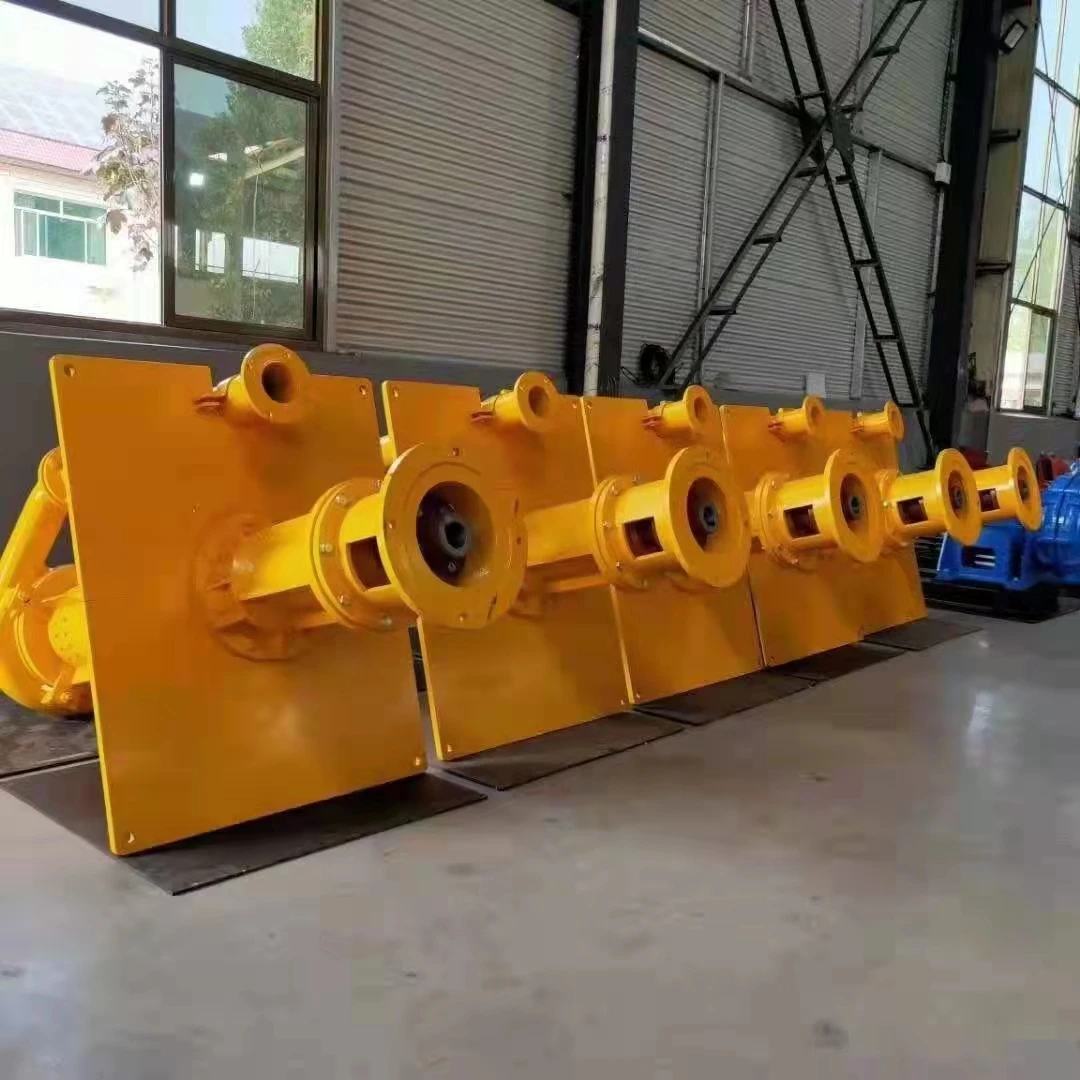
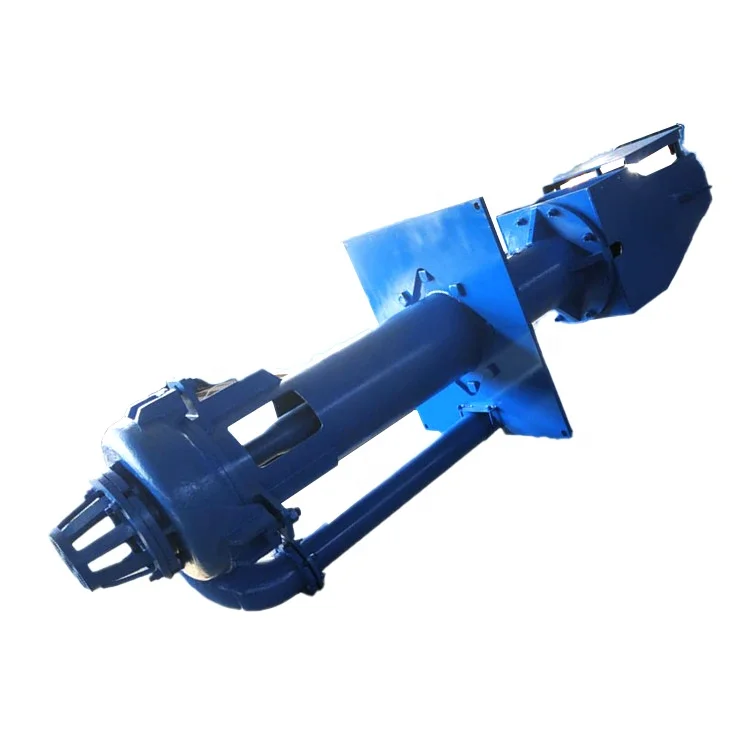
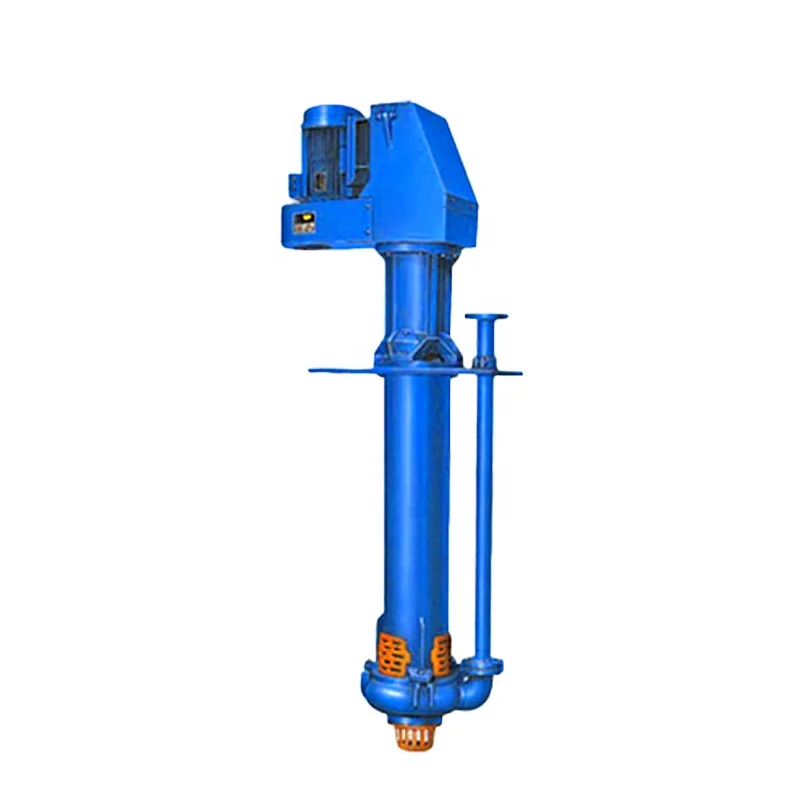
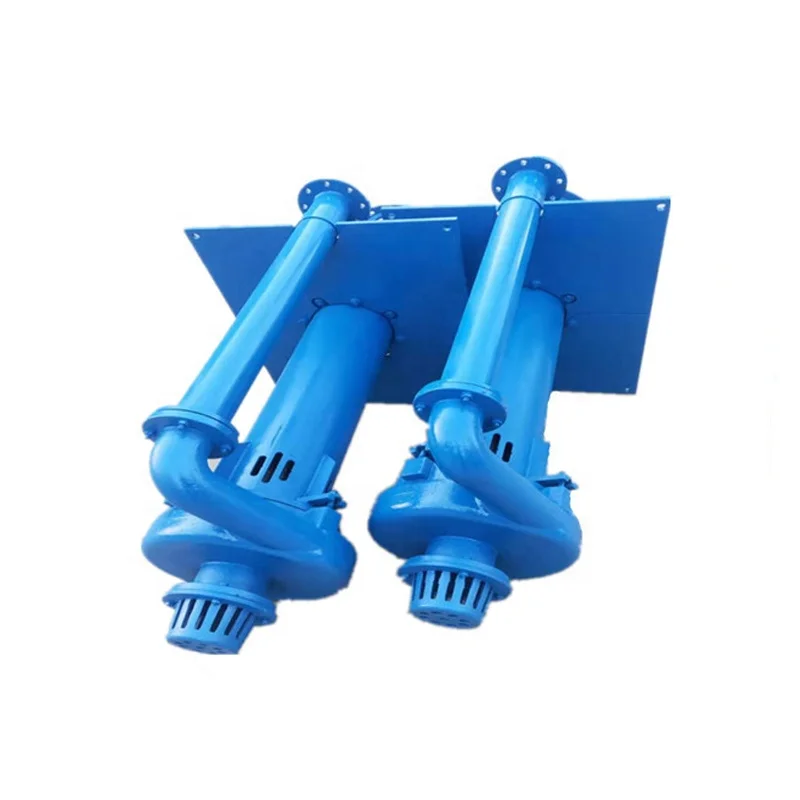




Please login to write a comment after